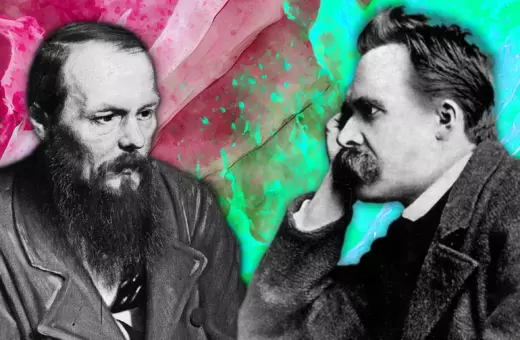The idea that reality is fundamentally thought, consciousness, or an idea, as opposed to physical matter, atoms, or particles, is becoming more main stream. The many problems with scientific materialism are finally coming home to roost. But this does not mean reality just is how it appears to be in our own private consciousness of it, writes Bernardo Kastrup.
When we look around ourselves, we perceive a world of qualities: colours, melodies, textures, scents, and flavours. With the automatism of a reflex, we then take it for granted that these qualities are the world; that is, that the world out there, as it is in itself, is made of the colours, melodies, scents, and flavours that appear on the screen of our perception.
Yet, our mainstream metaphysics—physicalism—denies that: according to physicalism, all those qualities exist solely inside our skull, in that they are somehow—nobody has ever coherently and explicitly specified how—conjured up into existence by our brain activity. The world, as it is outside the screen of perception, has no intrinsic qualities. Instead, it is supposed to be a realm of pure quantitative abstraction, which one cannot even visualise, for any visualisation already entails qualities. In other words, the world out there has mass, charge, spin, and linear momentum, but not colour, texture, scent or flavour.
Granted, to mistake what appears on the screen of perception for the world-in-itself is a fallacy known as ‘naïve realism.’ Naïve realists conflate appearance with that which appears, phenomena with noumena, cognitive inner representation with thing-in-itself. It’s like mistaking the pixelated two-dimensional image of a person on a smartphone screen—the appearance, phenomenon, representation—for the actual person. To believe that our perceptions are the world is to ignore, for instance, the demonstrable existence of perceptual illusions.
___
To say that the world consists of qualities does not entail or imply that it consists of the qualities of our perception
___
Yet, there is growing awareness, in both academia and Western culture at large, that mainstream physicalism is untenable; that qualities—that is, experiences—are more-than-likely irreducible to physical quantities such as mass, charge, spin, and linear momentum. Instead, the latter are merely descriptions of qualities, not their cause. According to this line of reasoning—to which I subscribe—the world-in-itself is essentially qualitative. Does this then mean that the qualities on the screen of perception are the world out there? That naïve realism is somehow true? No, and here is where the dialogue tends to get muddled because of imprecise use and interpretation of words.
Let us call the qualitative world on the screen of perception the ‘colloquially physical world.’ When we say that the rock in our hand is physical, we are implicitly using this colloquial definition of physicality, as the physical properties we attribute to the rock consist of the felt solidity and texture we experience on the screen of perception when we hold the rock. We also implicitly use this definition when we look around ourselves and claim that the landscape we see is ‘physical.’
Notice that the colloquially physical world is distinct from what we may call the ‘strictly physical world,’ as defined by physics: a world exhaustively describable by quantities alone, entailing no intrinsic qualities. In this strictly physical world, the rock in our hand has no felt solidity or texture. Instead, it consists solely of abstract elementary particles, each with a certain mass, charge, spin, and linear momentum, obeying certain geometric relationships.






















Join the conversation